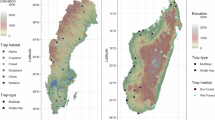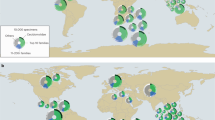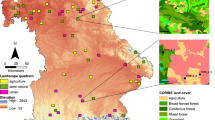Abstract
HAVING recently received a small miscellaneous collection of rather typical Madagascar insects, collected by my son on that island, perhaps a modest, non-technical letter concerning them might interest your readers. The climate is so deadly to Europeans that insect-collecting is hazardous in the extreme, and I think not much is known of the insects. Some of the Orthoptera are highly curious, possessing antennæ five and six times the length of their bodies, so as to be able to detect danger afar. The Longicorn beetles appear very similar to ours, but the markings on their elytræ are brighter. The beetles generally are remarkable for the extreme brilliancy in colouring of their under surfaces and legs, while the upper surface is dull. I apprehend, therefore, they are not ground feeders. The dragon flies appear similar to some of ours, both in size, colouring, and shape. There is a lantern fly, or two, and a mole cricket, much resembling ours.
This is a preview of subscription content, access via your institution
Access options
Subscribe to this journal
Receive 51 print issues and online access
$199.00 per year
only $3.90 per issue
Buy this article
- Purchase on SpringerLink
- Instant access to full article PDF
Prices may be subject to local taxes which are calculated during checkout
Similar content being viewed by others
Author information
Authors and Affiliations
Rights and permissions
About this article
Cite this article
RIDSDALE, E. Notes on Madagascar Insects. Nature 56, 566 (1897). https://doi.org/10.1038/056566a0
Issue date:
DOI: https://doi.org/10.1038/056566a0



